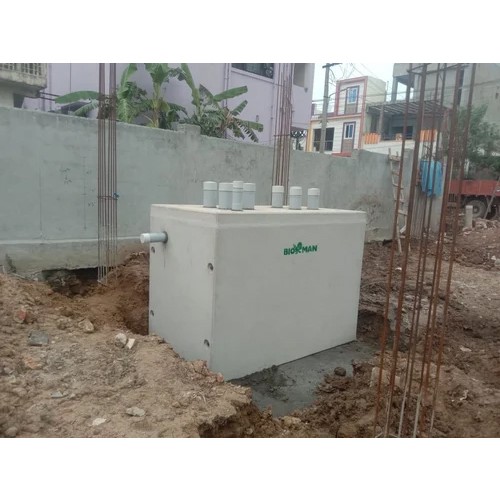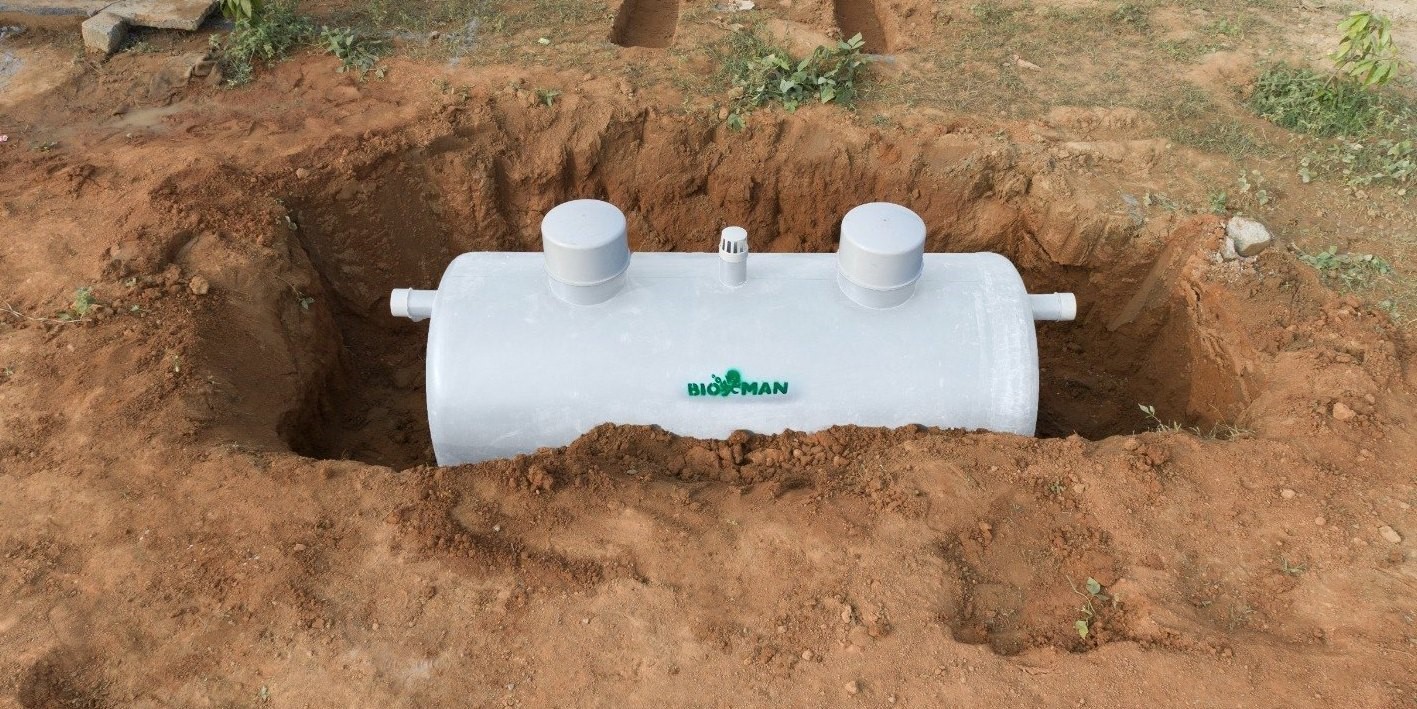5 Key Factors That Determines the 5000 Litre Bio Septic Tank Price
Selecting the effective sewage solution for wastewater management in individual houses, apartments and institution is a critical choice to be made by property owners. Out of the options available, the 5000-litre bio septic tank is one of the most preferred sizes due to its ability to offer a balance between durability, efficiency, capacity and space availability. One of the most fundamental questions people ask, however, is the 5000 litre bio septic tank price .
1. Material of Construction
The most important and initial factor affecting the price is the raw material used to produce the tank. Bio septic tanks are generally produced from:
Reinforced Concrete (RCC) - Durable and strong but heavy and hard to transport.
High-Density Polyethylene (HDPE) - Light, corrosion-resistant, and simpler to install.
Fiberglass - Provides strength and long life but tends to be pricier than HDPE.
The content not only affects the initial cost but also the durability and lifespan of the tank. For instance, HDPE tanks could be slightly more expensive upfront, but they are simpler to install and maintain over time, so they are a good investment.
2. Design and Technology
All bio septic tanks are not designed the same way. The system design has a major contribution to how expensive the 5000 litres bio septic tank will be. While some have two solid chambers as common which separates and breakdowns waste by decomposition, others have multi-chamber models that enable efficient waste breakdown by enhanced treatment.
Next-generation models also incorporate:
- Aeration technology for rapid decomposition.
- Built-in filters to produce cleaner effluent water.
- Odor control features for enhanced hygiene.
These added features may cost higher but it lowers the maintenance costs, enhances efficiency, and increases the lifespan of the septic system. Homeowners can choose by considering the upfront cost needed for frequent maintenance and the improved long-term value in advanced designs as a investment.
3. Installation and Site Conditions
The price of the tank is only one factor. Installation charges can greatly contribute to the total cost. These include:
- Site excavation.
- Delivery charges for the tank to customer site.
- Fitting of pipes to the tank and other plumbing services.
- Customization to fit existing sewage pipes and customer needs.
For instance, placing a tank in an uneven or rocky terrain might involve additional excavation work, which would cost more. Add on charge for transportation if site is not centrally located and deep interior areas. In the case of the 5000-litre bio septic tank price, you should include these additional expenses to avoid incurring them later.
4. Brand Reputation and Certifications
As with any other commodity, the name of the manufacturer or supplier comes into consideration when it comes to pricing. Large, reputable brands selling certified, environmentally friendly bio septic tanks tend to charge a premium over unknown local providers.
Why is this important? Because certified tanks are checked for environmental standards, safety, and durability. A less expensive, non-certified tank can be cheaper in the beginning, but it can cause issues like leakage, inadequate waste treatment, or constant repairs. Before buying bio septic tank for your property enquire about best supplier to avoid struggles for services. Look for a a best warranties and best care after-sales by the suppliers.
5. Geographic Location and Logistics
Lastly, the area where you are located directly affects the bio septic tank solution for Indian homes .Tanks price might be less expensive to municipal areas and metropolitan cities, since transportation of tanks will be easier compared to rural areas. Demand also affects costs—places with more stringent environmental policies tend to have greater uptake of bio septic tanks, which pushes up the cost.
Furthermore, local climatic conditions may influence material selection. For example, tanks in coastal environments might need corrosion-proof materials such as HDPE or fiberglass, which are more expensive than standard concrete counterparts.
Putting It All Together
In assessing the 5000-litre septic tank price , it's not only about the price tag of the tank itself, but the entire package—material, workmanship, installation, brand reputation, and transport. That high-price tag for tank seems to be expensive at first glance but may end up saving you a lot of money in the long term through low maintenance, efficiency, lifespan, and protection for the environment.
Buyer Tips
- Get several quotes before making an informed decision.
- Enquire about technology used, warranty period and after-sales service —these can pay off in the long run.
- Select the correct material according to the climatic conditions at site.
- Don't settle for certification—tested, eco-friendly systems are worth the extra expense.
- Plan for the long term—the lowest initial cost isn't always the best value.
Final Thoughts
The cost of 5000 litre bio septic tank depends on a lot of factors, ranging from the materials and the installation process to where you live. Knowing these five critical factors will enable you to make an perfect decision towards sewage treatment for your property that's both cost-effective and value-driven in the long run, since it reduced frequent pumping charges, minimal maintenance, and the hidden savings behind it.
Choosing a bio septic tank isn’t just a purchase—it’s a long-term investment in financial savings, sustainability, hygiene and worry-free living for long run.
















